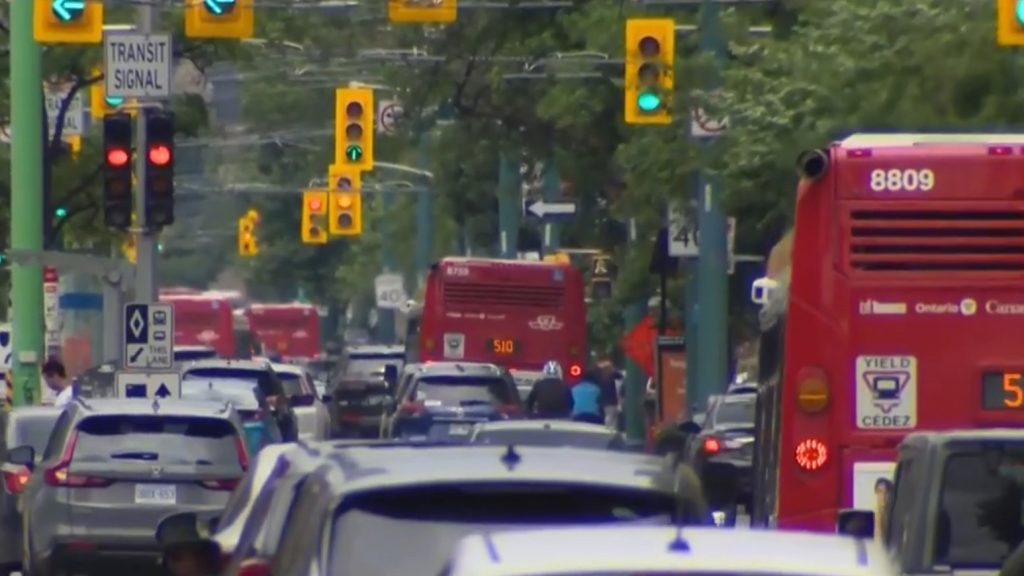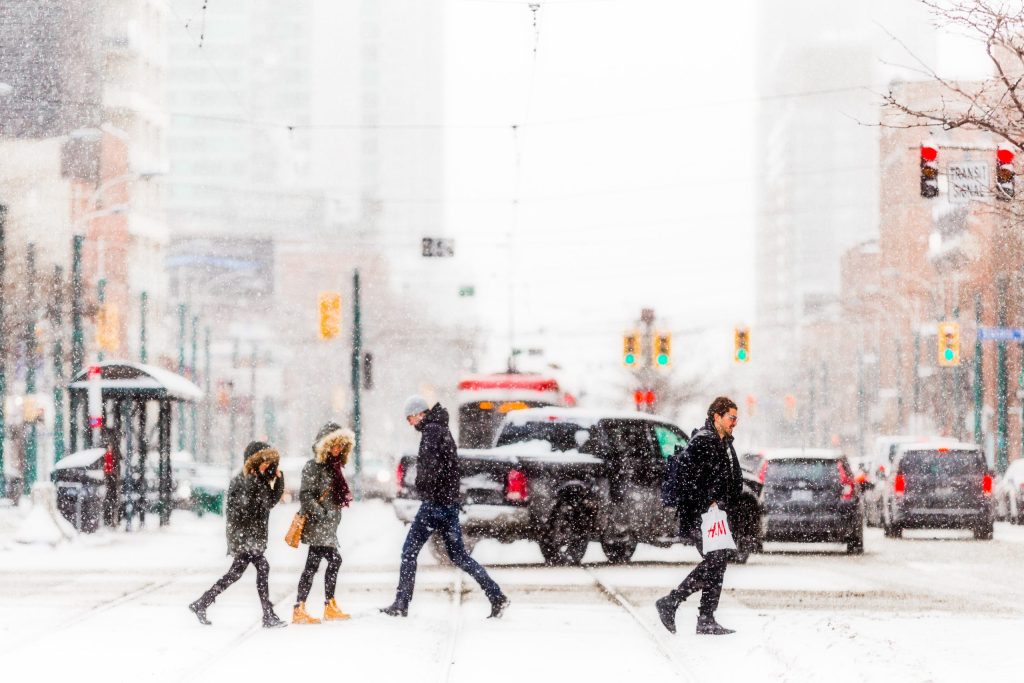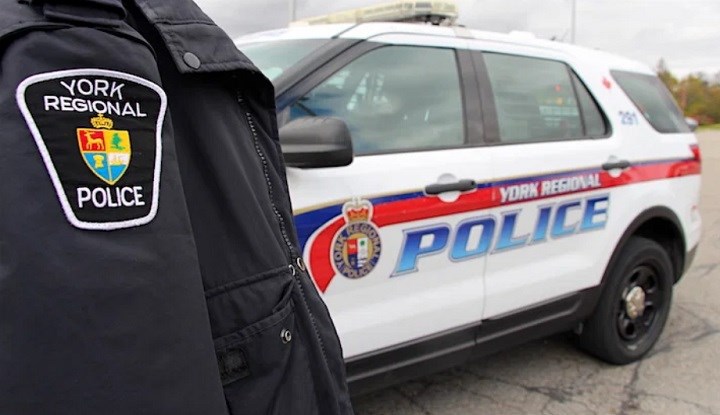Board of Trade report calls for fewer bike lanes, curbside patios to tackle Toronto congestion

Posted February 20, 2025 2:34 pm.
Last Updated February 20, 2025 5:39 pm.
A report from the Toronto Region Board of Trade (TRBOT) recommends reducing the number of bike lanes and CafeTO patios on major roadways as part of a five-point plan aimed at tackling congestion across the city.
The board says congestion is costing the economy $44 billion a year, calling it a crisis of management and inadequate planning. While it admits there is no “silver bullet,” they are calling for a more concerted, coordinated and sustained action plan to keep things moving.
“Throughout the entire process, we wanted to get away from short-term, incremental solutions. We also know there’s no silver bullet. What we need, ASAP, is a package of practical measures,” says TRBOT President and CEO Giles Gherson.
The report points out that the top five most congested corridors in the downtown are all east-west arterials, which no longer serve their purpose of keeping traffic flowing. The board would like to see some major roadways designated as “connector” routes and when one of those routes is disrupted, others should be able to absorb the extra traffic.
In order to do that, the board is asking city council to consider taking bike lanes off major roads and shifting them onto secondary streets, as well as limiting curbside patios depending on their impact on traffic on major roads.
Another suggestion is to move parking off-street instead of curbside, especially during busy hours and offer incentives for deliveries made during off-peak traffic times.
The report also calls for the City to properly scale the cost of lane closures during construction on major roadways and offer lower permit fees for off-peak work. Currently, the City charges $37,000 per month for a lane of traffic to be closed by construction but the board says the real cost to the economy is closer to $1.7 million a month. It would also like to see Toronto adopt rules similar to New York and London which don’t allow for road closures during peak hours.
Enhanced use of red-light cameras and metering for key on-ramps in the downtown should also be considered, according to the report.
Matti Siematycki, the director of the University of Toronto’s Infrastructure Institute, calls the plan a mixed bag, warning of the natural tradeoffs that come with juggling priorities.
“There are tradeoffs if we speed up construction, that has cost implications. There’s tradeoffs if we do deliveries at night, which I think is a smart idea but that can have disruptions depending on where those deliveries are and if they’re in busy neighbourhoods,” he said. “There’s all sort of these tradeoffs that have to be considered.”
Toronto Mayor Olivia Chow says the city has been addressing many of the issues raised by the TRBOT report.
“Congestion is an issue that impacts all of us. Whether you are stuck in a car or stuck on transit the result is the same, missed appointments, being late for work or lost time with family and friends,” Chow said in a statement.
“The City appreciates TRBOT for calling on the Province to provide the tools we need to get Toronto moving, like installing traffic cameras to stop people from blocking the box and enforcement at intersections and on major arterials.”
The City says it is studying some of the options put forth by the TRBOT report, adding it will release its updated traffic management plan in April.
Read the full report below:
Breaking Gridlock: Congestion Action Plan for Toronto by CityNewsToronto on Scribd








